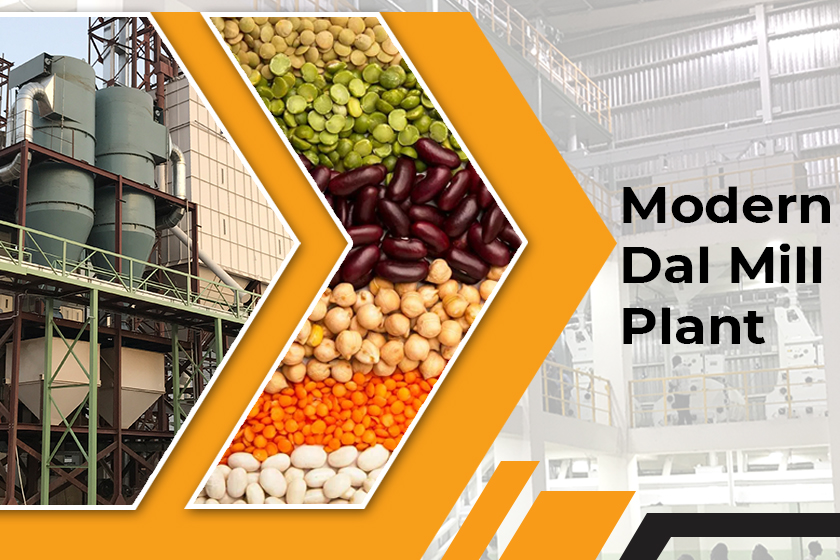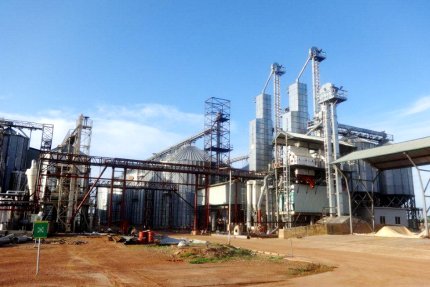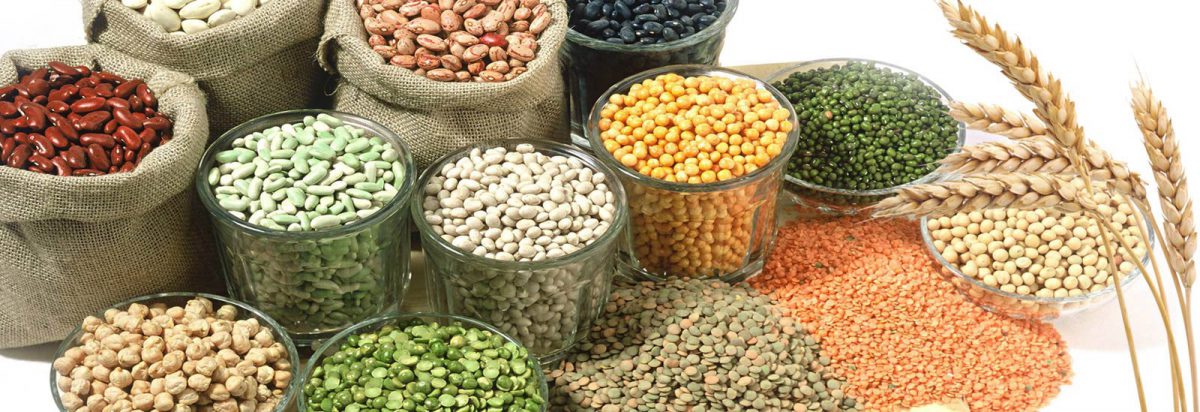For every industry that aims at prospering in their field, the most important phase of their working is Production. Especially in the Food Processing Industry, trivial details like the location of the plant can influence the production factor by a large scale. Earlier known as Nextech solutions, Nextech Grain Processing and Engineering Solutions Pvt. Ltd was started 10 years ago with the vision of improving the quality of produced grains.
The Dal Mill Plant is one of the important parts of Nextech. The use of fine and chosen machinery works delicately to produce high quality of Dal. But before moving further let’s understand certain basic concepts as mentioned below.
Milling of Pulses?
The Dal consumed by millions of people around the globe comes in the raw form of Pulses. The pulses are dehusked and split to mold in the shape of edible dal.
This process comprises of two general steps:
- Loosen the husk on pulses.
- Removing the husk.
- Using a machine to split the remainder into cotyledons.
The efficiency of the machinery used for the process of splitting the cotyledons marks the success of any Dal Milling project. Every kind of pulse requires an additional step that helps in better loosening of the husk. This step is known as a pre-milling treatment. The adamant cover is loosened up for better production of dal.
Methods of Processing Pulses
The raw pulses are first brought in to clean the grain and remove any impurities or irregular sized grain. Then they are further graded into different fractions that are sent for processing. The stepwise mention of the methods used in processing pulses is provided below.
- Cleaning and Grading
- Pitting
- Pre Milling Treatment
- Tempering
- Drying
- Dehusking
- Polishing
The Process of Setting Up Pulses Dal Mill
As you might have understood by now, the Dal Mill Manufacturing Process requires excellent implementation and management to produce exceptional results.
The most important step involves rigorous brainstorming for the creation of the right business plan. The construction and implementation of a Pulses Dal Mill depend entirely on the business plan. With the years of experience, Nextech can guarantee that your search for the right resources will end at their place.
Apart from Dal Mill Plant, Nextech is known in the market for the experienced Rice Mill Engineers and Designers that provide unique solutions for your rice production needs. A Rice Mill Consultant will be provided to study your needs and provide feasible solutions as per your guidelines.
With Nextech, you can calmly be assured about the quality of their services.
 MAIL US :
MAIL US :
 CALL US :
>
CALL US :
>


